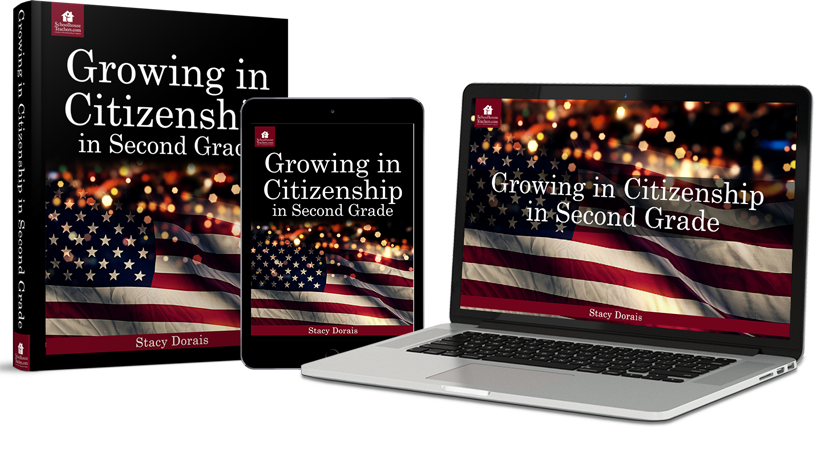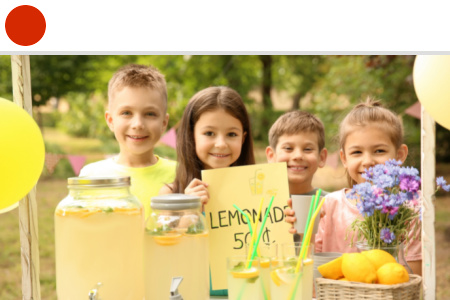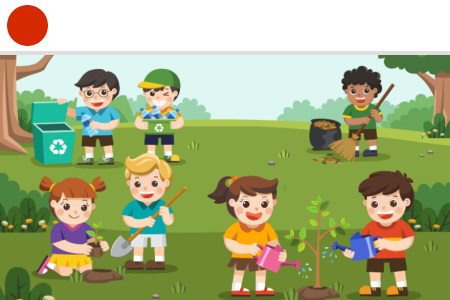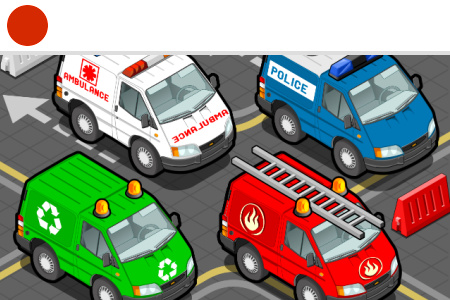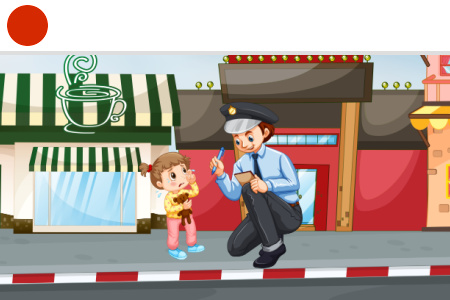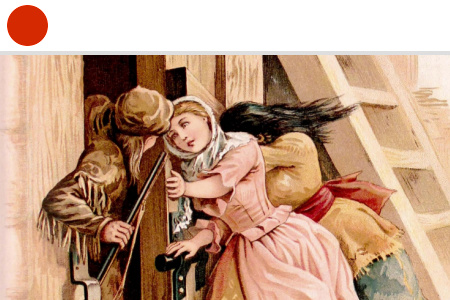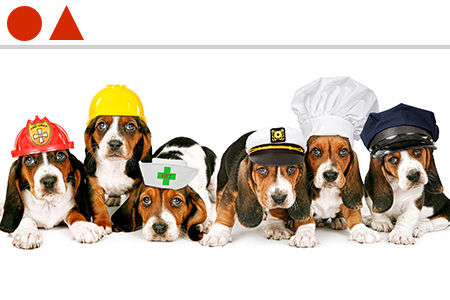Welcome to Our Growing in Citizenship in Second Grade Homeschool Social Studies Course
Does your student know that he or she is part of a community? In Growing in Citizenship in Second Grade, students will learn about communities and how they belong to them. They will learn how to be good citizens and good leaders—developing positive character traits and finding their place as citizens of their earthly community as well as the Kingdom of God.
Stay organized and confident in your homeschool journey with the Homeschool Records Center and Schoolhouse Gradebook. Simplify record keeping, track progress, create transcripts, and meet state requirements with printable tools and expert guidance—all in one convenient place.
External links may be included within the course content; they do not constitute an endorsement or an approval by SchoolhouseTeachers.com of any of the products, services, or opinions of the corporation, organization, or individual. Contact the external site for answers to questions regarding its content. Parents may wish to preview all links because third-party websites include ads that may change over time.
Para traducir cualquier página web, haz clic en los tres puntos o líneas en la esquina superior derecha de tu navegador, o haz clic aquí para más información.
Growing in Citizenship in Second Grade
Length: 9 weeks
Content type: Text based
Grade: 2
Stacy Dorais
Related Classes You May Enjoy


